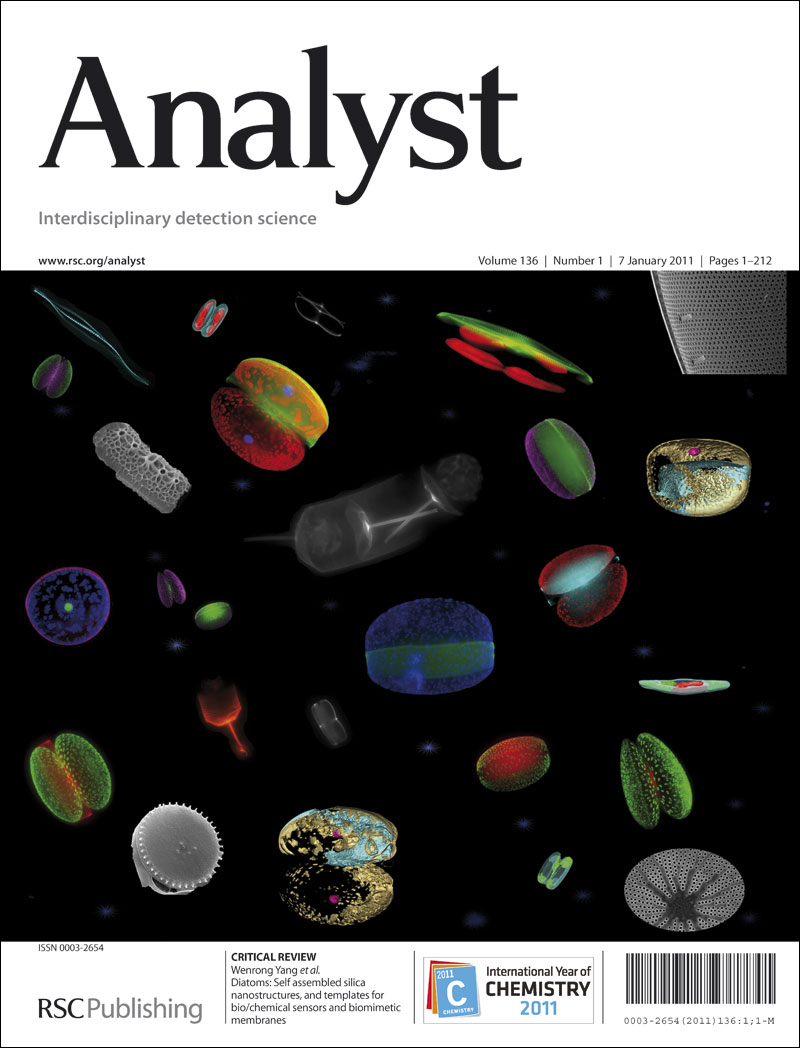Study on drug-mediated protein–protein interaction in single living cells by fluorescence cross-correlation spectroscopy
IF 3.6
3区 化学
Q2 CHEMISTRY, ANALYTICAL
引用次数: 0
Abstract
Drug-mediated protein–protein interaction and drug–protein interaction form the basis of drug development and pharmacological research. How to obtain the information of drug–protein or protein–protein interaction in living cells is still a big challenge. In this work, we reported a new method for studying drug-mediated protein–protein interaction in living cells by using fluorescence cross-correlation spectroscopy (FCCS). We used the mammalian target of rapamycin (mTOR) as a model and studied drug-mediated FRB protein–FKBP12 protein interaction in living cells. The FRB protein covers amino acid residues of mTOR from 2015 to 2114 and FKBP12 is a receptor-binding protein. First, FRB was fused with the green fluorescent protein EGFP (FRB–EGFP), and FKBP12 was fused with the red fluorescent protein mCherry (FKBP12–mCherry) using genetic engineering technology. Then, FCCS was used to obtain information on drug-mediated FRB protein–FKBP12 protein interaction in living cells. According to the autocorrelation curves and cross-correlation curves, we can obtain cross-correlation (CC) values of the interaction between two proteins. The CC value was positively correlated with the interaction between two proteins. Furthermore, we developed a method for measuring IC50 for evaluating drug efficacy in living cells based on CC values. Compared with the current methods, our method can be used to study drug-mediated protein–protein interaction and evaluate effects of drugs on protein–protein interaction in living cells, and may become a useful tool for drug development and pharmacological research.

求助全文
约1分钟内获得全文
求助全文
来源期刊

Analyst
化学-分析化学
CiteScore
7.80
自引率
4.80%
发文量
636
审稿时长
1.9 months
期刊介绍:
"Analyst" journal is the home of premier fundamental discoveries, inventions and applications in the analytical and bioanalytical sciences.
 求助内容:
求助内容: 应助结果提醒方式:
应助结果提醒方式:


